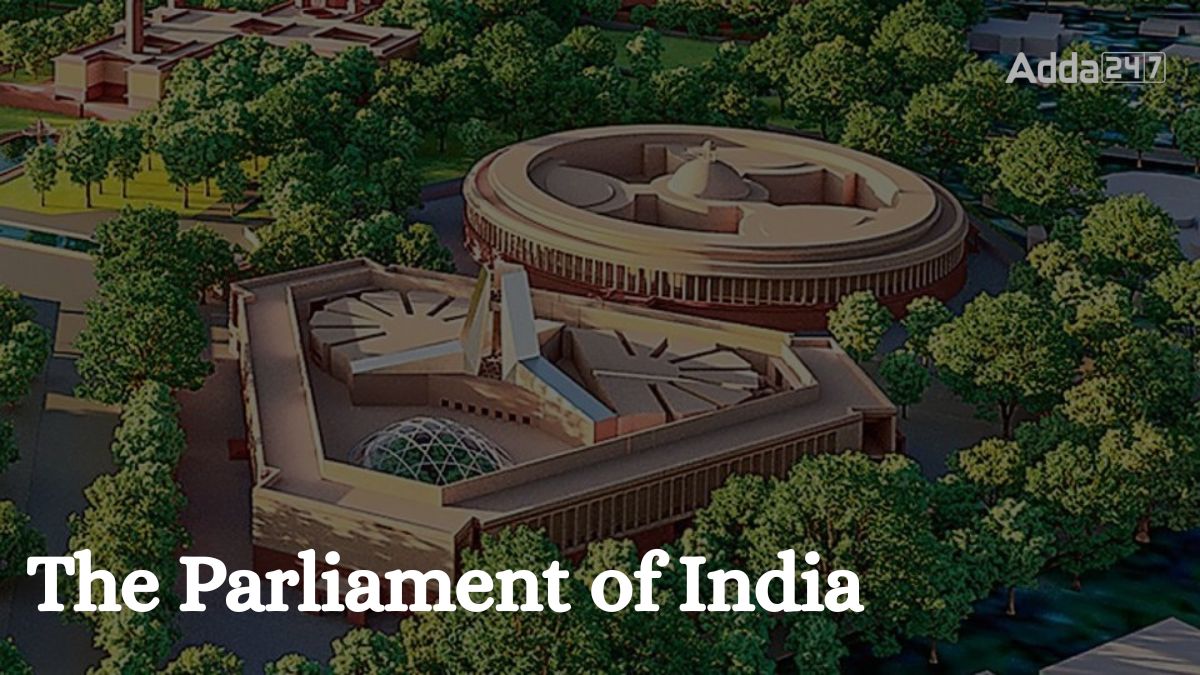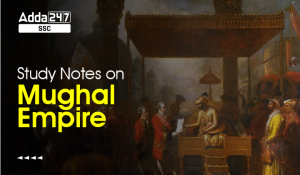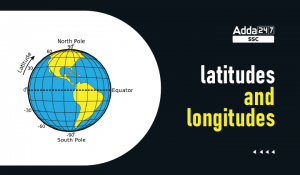Parliament of India is the supreme legislative authority in the country, established under Part V (Articles 79–122) of the Constitution of India. It comprises the President of India and two Houses: the Rajya Sabha (Council of States) and the Lok Sabha (House of the People). This bicameral structure reflects India’s federal system and ensures representation of both the populace and the states.
Composition of the Indian Parliament
Table 1: Structure of the Indian Parliament
| Component | Description |
|---|---|
| President | Ceremonial head; integral part of Parliament but not a member of either House |
| Rajya Sabha | Upper House; represents states and union territories |
| Lok Sabha | Lower House; represents the people of India |
Lok Sabha (House of the People)
- Maximum Strength: 552 members
- 530 from states
- 20 from union territories
- 2 nominated by the President (a provision abolished by the 104th Amendment Act, 2019)
- Current Strength: 543 members
- Term: 5 years unless dissolved earlier
- Presiding Officer: Speaker
Table 2: Key Features of Lok Sabha
| Feature | Details |
|---|---|
| Election | Direct elections by the people using universal adult suffrage |
| Eligibility | Indian citizen, at least 25 years old, and other qualifications as per law |
| Sessions | Budget, Monsoon, and Winter sessions annually |
| Quorum | Minimum 10% of total membership required to conduct proceedings |
Rajya Sabha (Council of States)
- Maximum Strength: 250 members
- 238 elected by the states and union territories
- 12 nominated by the President for their expertise in specific fields
- Current Strength: 245 members
- Term: Permanent body; one-third members retire every two years
- Presiding Officer: Vice-President of India (ex-officio Chairman)
Table 3: Key Features of Rajya Sabha
| Feature | Details |
|---|---|
| Election | Indirect elections by the elected members of State Legislative Assemblies |
| Eligibility | Indian citizen, at least 30 years old, and other qualifications as per law |
| Sessions | Budget, Monsoon, and Winter sessions annually |
| Quorum | Minimum 10% of total membership required to conduct proceedings |
Powers and Functions of the Parliament
Table 4: Functions of the Indian Parliament
| Function | Description |
|---|---|
| Legislative | Enacts laws on subjects in the Union and Concurrent Lists |
| Executive Control | Exercises control over the executive through questions, motions, and debates |
| Financial | Approves budgets, levies taxes, and authorizes expenditure |
| Constitutional | Amends the Constitution under Article 368 |
| Electoral | Participates in the election of the President and Vice-President |
| Judicial | Impeaches the President, removes judges, and punishes members for misconduct |
Sessions of Parliament
Table 5: Sessions and Their Purposes
| Session | Period (Approximate) | Purpose |
|---|---|---|
| Budget | February to May | Presentation and passage of the Union Budget |
| Monsoon | July to September | Discussion on various bills and issues |
| Winter | November to December | Legislative business and discussion on national matters |
Parliamentary Committees
Table 6: Types of Parliamentary Committees
| Committee Type | Description |
|---|---|
| Standing | Permanent committees that work on a continuous basis |
| Ad Hoc | Temporary committees formed for a specific purpose |
| Joint | Committees comprising members from both Houses |
| Select | Committees formed to examine specific bills or issues |
Important Articles Related to Parliament
Table 7: Constitutional Articles Pertaining to Parliament
| Article | Subject Matter |
|---|---|
| 79 | Constitution of Parliament |
| 80 | Composition of Rajya Sabha |
| 81 | Composition of Lok Sabha |
| 85 | Sessions of Parliament |
| 86 | Right of President to address Parliament |
| 110 | Definition of Money Bills |
| 112 | Annual Financial Statement (Budget) |
| 123 | Power of President to promulgate ordinances |
Historical Timeline of the Indian Parliament
Table 8: Key Events in Parliamentary History
| Year | Event |
|---|---|
| 1927 | Inauguration of the original Parliament House (Council House) |
| 1947 | Constituent Assembly becomes the provisional Parliament of India |
| 1950 | Constitution of India comes into effect; Parliament of India formally established |
| 1952 | First general elections held; first Lok Sabha constituted |
| 2001 | Terrorist attack on Parliament House on December 13 |
| 2023 | Inauguration of the new Parliament building on May 28 |
Parliament House: Old and New
Old Parliament House
- Design: Circular structure designed by British architects Edwin Lutyens and Herbert Baker
- Inauguration: January 18, 1927
- Significance: Witnessed major events including the drafting of the Constitution and numerous legislative milestones.
New Parliament Building
- Design: Triangular structure with modern facilities
- Inauguration: May 28, 2023
- Features:
- Seating capacity of 888 in Lok Sabha and 384 in Rajya Sabha
- Equipped with state-of-the-art technology
- Designed to accommodate future expansions
Notable Parliamentary Events
Table 9: Significant Events
| Date | Event |
|---|---|
| December 13, 2001 | Terrorist attack on Parliament House resulting in multiple casualties |
| May 28, 2023 | Inauguration of the new Parliament building |
Conclusion
The Parliament of India serves as the cornerstone of the nation’s democratic framework, embodying the will of the people and the federal structure of governance. Its evolution from the colonial-era Council House to the modern Parliament building reflects India’s journey towards a robust and inclusive democracy.




 Top 10 Longest Rivers in India, Largest ...
Top 10 Longest Rivers in India, Largest ...
 Mughal Empire Notes For RRB NTPC Exam 20...
Mughal Empire Notes For RRB NTPC Exam 20...
 Longitude and Latitude of India - Defini...
Longitude and Latitude of India - Defini...


